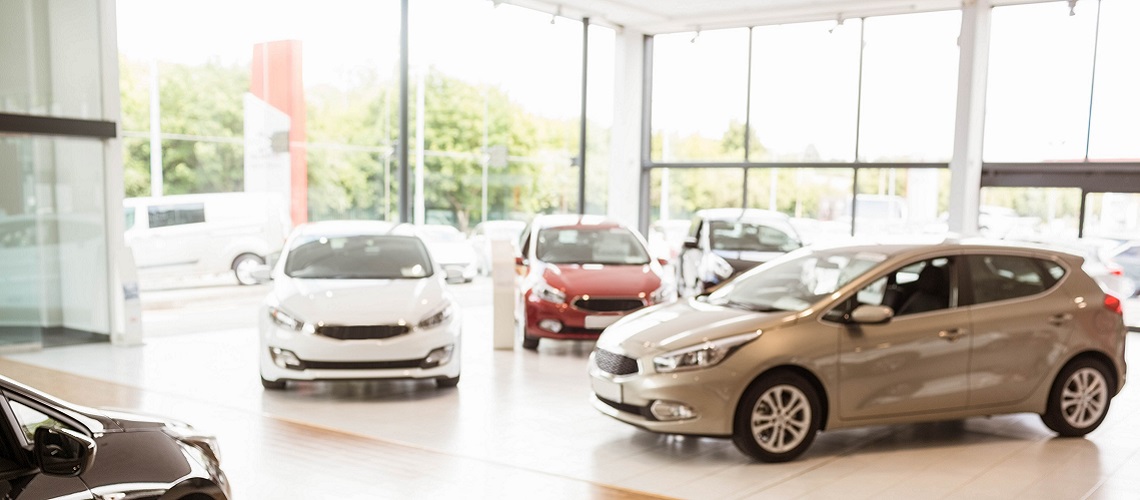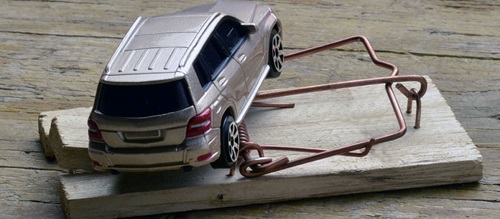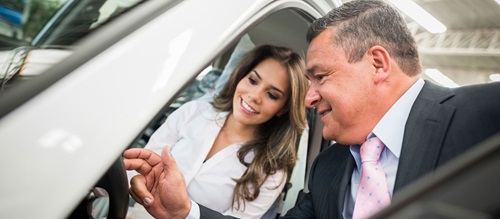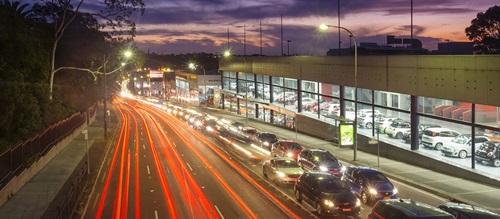There are a lot of hidden costs when buying a new car. When setting your budget, it’s essential to consider in the costs associated with getting your vehicle on the road.
Some costs are covered in the drive away price of the vehicle, such as registration and stamp duty. However, these have expiry dates and won’t be covered for the lifetime of the car. Other running costs that need to be considered include car repairs and servicing, the cost of insurance, how much new tyres can cost and the price of fuel.
If you're getting a car loan then you'll need to factor this into the price as well. Bear in mind you should include any application fees and any associated interest charges.
Car loans
Taking out a car loan can be a huge commitment depending on the amount that you’re borrowing and the term of the contract. You will have two choices when taking out a car loan. You can either choose a shorter term loan which will save you in interest charges, however you’ll need to determine if you can afford the higher repayments.
Start off by working out your budget. How much can you afford to pay? Once you know how much you can pay for loan repayment period, you can then set the price you’re willing to pay for a new vehicle.
Before you get a car loan, you should think about your credit rating. Those with higher credit ratings have greater access to lower interest rates, which again, will save you money on your car purchase.
If you have a vehicle in mind, NRMA’s car loan calculator will help you estimate your car loan repayments.
Fixed-price servicing
Regardless of the age of your vehicle, it’s essential to get it serviced regularly to maintain its performance and keep it running as well as it should. An essential service will include an oil change and filter replacement, 40 point safety check, fluid check and top up, battery report, brake check, clean and adjustment and a complimentary car wash.
You should get your car serviced according to the manufacturer’s recommendations however the costs can mount up.
Fortunately for car owners, fixed-price servicing has been introduced so you can easily estimate how much each car service will cost, saving you ‘bill shock’ after the car has been serviced.
You do need to bear in mind that certain things such as wear and tear may not be included. If you’re unsure then ask your mechanic what items will and won’t be included.
Comprehensive Insurance
Third party insurance is compulsory in all states in Australia, however you’re best to get comprehensive insurance. Comprehensive insurance cover will cover the cost of any repairs to your vehicle. It also covers the cost of repairs, damage caused by others, a courtesy vehicle and any other associated costs with getting you back on the road.
The cost of your comprehensive insurance will be based on the make and model of your vehicle, so you need to consider this when choosing a vehicle. If you have a few models in mind then get quotes for each model you’re considering.
You also need to consider how often you use the vehicle. Are you an everyday driver or do you just drive occasionally? If you fit into the latter category you can expect to have lower premiums.
If your vehicle will be kept in a garage rather than on the street your vehicle will be more secure and therefore the cost of comprehensive insurance will be lower.
There are other options between compulsory and comprehensive insurance which could also suit your needs. Third party fire and theft car insurance covers your car if it’s stolen or catches fire, and covers other people’s cars and property if you cause an accident.
Tyres
Getting new tyres is a costly pain. However, thanks to the beauty of the internet, you can buy them online. You can find prices for replacement tyres and it works out cheaper for you. If you decide to buy tyres online, there’s a general rule you should be aware of. The larger the diameter and the wider the tyre, the more costly it will be to replace.
It’s ideal to ensure that you buy tyres from a reputable online dealer such as Beaurepaires. Beaurepaires stocks a variety of brands at different price points and by doing research, you can decide which option suits you best. You can also read reviews online to see what other people’s experiences are like and then make your decision based upon that information..
Cheaper isn’t always better. Although you save money in the short term, you may find yourself needing to replace the tyres more frequently than if you went for a more expensive brand. Expensive brands tend to last longer than cheaper ones and will help keep you on the road for longer without disruption, which can be extremely important if you use your vehicle for work or to drop the kids at school everyday.
Fuel
Before you purchase a vehicle you need to consider the running costs, which includes the cost of fuel. Some makes and models burn through fuel more than others, and although there are ways you can reduce your fuel expenses, it’s still the largest cost motorists incur.
It’s hard to work out exactly how much your annual fuel cost will be due to daily, or weekly market fluctuations. You can however estimate the cost using the government green vehicle guide where you can see information on fuel price per litre and average annual kilometres for the make and model of your car.
It’s worth considering what type of fuel your vehicle will take as this will impact the running costs. Some fuel types are cheaper than others so there’s savings to be had there.
The website can also help you decide which vehicle is better for the environment if that’s one your considerations. Why not help the environment and drive the car of your dreams?
Now what?
If you’ve done your budget and you know you’re going to need some extra funds to help cover costs, there’s always the option of a new car loan to help you out.











